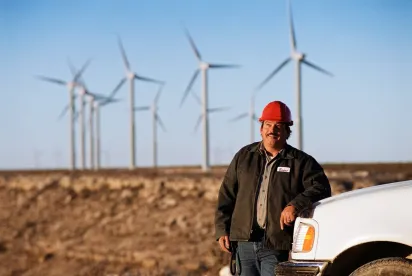With the recent extension of the federal income tax credits available for renewable energy projects, practitioners and industry participants have raised questions as to how the “begun construction” rules will apply under these new regimes. The new regimes refer to the dates on which construction on projects began for purposes of determining qualification for the credits and also provide for a phaseout or reduction in the available credits over time. (For more information on these extensions, see our previous article on the extensions.)
Industry participants expect that the Internal Revenue Service will soon issue guidance detailing when a project will be determined to have “begun construction” and when continuous construction efforts are required. It is expected that this guidance will be similar to the beginning of construction guidance summarized here for wind projects. However, in light of the different considerations for different technologies and the reduction in the credit amount over time, which differs from the prior credit for wind that expired in its entirety, a number of questions have been raised by industry participants. It is hoped that some of these questions will be answered by any guidance that is issued with respect to the credit extensions. Some of these questions include:
- Will the beginning of construction tests be the same as they currently are for wind (e., a physical work of a significant nature test and a 5 percent safe harbor test)?
- Will continuous construction efforts be required under the new regimes?
- What is the consequence of failing to maintain a program of continuous construction? Will the project still be eligible for a reduced credit, and how will that credit amount be determined?
- Will there be a placed in service safe harbor? The wind guidance had provided that continuous construction efforts would be considered maintained so long as projects were placed in service prior to a specific date. That date was two years after the end of the year in which the project was required to be placed in service. Most industry participants believe this safe harbor will be extended to apply to wind projects beginning construction through 2016.
- If there is a placed in service “safe harbor,” will it apply to all technologies in the same manner? That is, will the safe harbor period be the same for all renewable technologies?
- Will the guidance address and provide examples of “physical work of a significant nature” for solar projects?
- How would the physical work and safe harbor tests apply in the context of residential or commercial and industrial solar projects?
- In the solar context, what will be considered a single “facility” for purposes of the beginning of construction tests?






 />i
/>i
